The Electricity Law (amended) needs to promptly and synchronously resolve many issues.
Urgent amendment of the Electricity Law
The path of rapid and sustainable economic growth in the coming time has been determined by the Party and the Government, including two major goals: turning Vietnam into a high-income developed economy by 2045 and committing to net zero emissions by 2050. From this, it can be seen that ensuring the necessary energy needs for the economy and maintaining national energy security, while strongly transitioning to the use of low-carbon energy, renewable energy, and green energy, are prerequisites.
However, in the electricity sector, investing in new power projects is facing many challenges. In recent years, few new large-scale thermal power plants have been put into operation, while renewable energy projects (solar, wind, etc.) on land have also slowed down after a period of rapid development for many reasons. As for offshore wind power (WW), although in recent years many domestic and foreign investors have been interested in finding ways to deploy, research and establish projects, request investment policies, etc. quite vigorously, but so far there have been no significant results, even some famous foreign "giants" in this field such as Orsted, Equinor, etc. have had to withdraw from Vietnam.
Although the VIII Power Plan was carefully compiled and completed over nearly 4 years and was raised and lowered many times before its official issuance in May 2023, after only about a year and a half, it may soon have to be adjusted due to many obstacles in implementation. The important planning targets for gas/LNG electricity and renewable energy by 2030 must be achieved, which are 14,930 MW of gas electricity, 22,400 MW of LNG electricity, and 6,000 MW of nuclear power, which are clearly not feasible.
In general, with the goal of becoming a developed country by 2045, the annual GDP growth rate must be from 7% in the next 20 years, leading to a corresponding increase in electricity demand. This is a huge challenge that requires effective mechanisms and policies to attract investment for the electricity industry to develop sustainably, meeting the country's growth targets. If there is a power shortage, even locally, the above strategic goals will be very difficult to become a reality.
In addition, to gradually implement the net zero carbon commitment, it is necessary to immediately take steps to gradually reduce emissions in electricity production, because thermal power, especially coal power, accounts for a large proportion of CO2 emissions in the industrial sector. As a developing country with export strengths, a large economic openness, participating in many bilateral and multilateral free trade agreements, Vietnam will have to face increasingly strict international regulations on carbon thresholds or " carbon footprints" in exported goods, even being subject to carbon emissions taxes in the near future, etc. That is really a great pressure for us to quickly and fundamentally change the structure of electricity production towards reducing greenhouse gas emissions.
From the above comments, experts believe that if there are no timely and synchronous solutions in terms of laws, policies, mechanisms and finance, etc. as soon as possible, ensuring energy security for economic and social development according to the strategic goals set by the Party and Government , while also being consistent with the global zero carbon orientation that Vietnam has committed to, will face many challenges. In that context, amending the Electricity Law is a truly urgent issue.
Facilitate baseload LNG/electricity
Developing gas-fired power for baseload operation has been clearly defined in the Government's policies. However, in the context of the development of these projects facing many bottlenecks in mechanisms, in order to develop gas/LNG power projects to meet the requirements, it is necessary to institutionalize policies, especially in the Electricity Law (amended).
LNG costs need to be fully reflected in the electricity price structure.
In particular, for the field of power generation using domestic natural gas , the principle is to form a synchronous gas-electricity chain from gas field development, transportation pipelines, gas distribution and processing systems to gas-fired power plants (PPPs). The issue of gas-electricity production in this chain is nothing new. In fact, in Vietnam up to now, there have been two gas-electricity chains, PM3-Ca Mau and Cuu Long/Nam Con Son - Southeast (Phu My - Nhon Trach), which have been invested in and developed since the 2000s. By 2026-2027, there will be an additional gas-electricity chain, Lot B - O Mon, which is currently being invested in and constructed, and in the future there may be an additional gas-electricity chain in the Central region, linked to the Blue Whale gas fields ( Quang Nam ) and Ken Bau (Quang Tri).
Therefore, legal clarification of the gas-electricity chain using domestic natural gas in the Electricity Law (amended) is necessary and in accordance with objective laws, creating conditions for synchronous and effective development. In reality, the unstable mobilization of output from gas-fired power plants not only affects gas power plants but also the entire chain, including gas production in the upstream part. Therefore, the efficiency of electricity cannot be separated from power plants but must be synchronized throughout the chain.
Regarding power generation using imported LNG, international experience, as well as domestic research and assessments, all confirm that LNG power generation is inevitable for Vietnam, at least to replace coal power projects that have not been invested in in previous plans. It is inevitable because domestic natural gas resources are increasingly declining and depleted, not enough to meet power generation needs. On the other hand, it is necessary to further increase gas power capacity in the coming years to replace coal power to meet greenhouse gas emission reduction targets, because LNG power emits significantly lower CO2 (about 45%) than coal power of the same capacity, not to mention not generating other sources of pollution such as sulfur SO2 or ash. This is also a normal stage for countries in the process of transforming from poor, developing countries to high-income developed countries, before renewable energy and green energy can replace fossil fuels. It can be seen that developed countries in the region, Japan, Korea, Taiwan (China), Singapore mostly use up to 100% of thermal power from LNG and natural gas sources.
In the ASEAN region, we can take Thailand as an example, a country with a more developed economy and ahead of us but not too different in scale. Up to now, Thailand has had two large LNG Terminal warehouses, Map Ta Put (5 million tons of LNG/year) and Nong Fab (7.5 million tons of LNG/year). Thailand has gradually imported LNG mixed with domestic natural gas for electricity generation, making up for the shortage of domestic natural gas, thereby meeting electricity demand without causing electricity prices to increase too suddenly. In 2023, Thailand consumed up to 11.55 million tons of LNG, mainly for electricity generation. In the first 2 months of 2024 alone, Thailand imported 1.75 million tons of LNG, recording an increase of 27.6% over the same period.
Meanwhile, Vietnam currently has only one commercial LNG terminal, Thi Vai, with a modest capacity of 1 million tons of LNG per year. Currently, the investor, PetroVietnam Gas Corporation (PV GAS), is still struggling to find an effective way to trade LNG, in the context that the domestic LNG market is still in its infancy.
That said, Vietnam can refer to Thailand's experience in gradually introducing imported LNG into the national energy structure. Their level of development and income is not too different from Vietnam's, but they have gone far ahead, currently consuming more than 10 million tons of LNG/year and their economy is still able to withstand and develop normally, proving that LNG is not an expensive luxury imported fuel that is not suitable for developing countries as some opinions have mentioned. The problem is the way to do it, the policy system, the appropriate legal framework to gradually change the national energy structure, meeting the needs of economic development and the inevitable goal of reducing carbon emissions as mentioned above.
The problems related to LNG power generation have been widely discussed over the past few years on all aspects of the issue and some of the main related contents have also been updated in the draft Electricity Law (amended). It is necessary to create a legal corridor and mechanism that is clear and strong enough for LNG power development to achieve the goals set out in the 8th Electricity Plan.
Regarding the above issue, there are two specific contents that need to be legalized. First, the market principle for LNG (similar to imported gasoline or coal), LNG costs need to be fully reflected in the electricity price structure. Since LNG is an imported product, there is no way we can avoid using the market principle here.
Second, to ensure energy security and safe grid operation, it is proposed to stipulate that some strategic LNG power plants will be operated at base load and will not participate in the electricity market, similar to some current multi-purpose strategic hydropower plants (SMHP) (Hoa Binh, Son La, Tuyen Quang, ...). This can be added to Clause 8, Article 5 of the Draft Law on Electricity (amended) or other appropriate legal documents. On that basis, the competent authority will issue specific regulations related to multi-purpose LNG power plants, for example, similar to Circular 26/2017/TT-BCT for multi-purpose hydropower plants.
The capacity, geographical location and investors of these strategic LNG power plants will be specifically determined by the Government and the Ministry of Industry and Trade. In my opinion, it is possible to plan to invest in 10-12 thousand MW of LNG power running on the base until 2035, distributed in 3 regions. Arranging investment capital for these strategic LNG power plants will be favorable because they run on the base and have specific output consumption during the entire economic life of the project. This can ensure the increase of LNG power capacity to gradually run on the base instead of coal power, in line with the determined orientation.
On the other hand, we should also consider applying the experience of leading countries in this field, such as Thailand, specifically gradually increasing LNG imports and blending them with domestic natural gas to solve the shortage of fuel gas for power generation, creating a more transparent and equal gas market and gradually increasing the proportion of LNG in the national energy structure without shocking the economy.
Building policies, principles and orientations for offshore wind power development
This revised Electricity Law should only state some policies, principles, and orientations for offshore wind power development.
Regarding offshore wind power (Offshore Wind Power), Vietnam is considered to have great potential. Along with the rapid development of technology, the production cost of Offshore Wind Power is decreasing and has the ability to compete with LNG in the near future. The rapid and sustainable development of large-scale wind power is an urgent requirement to effectively use this endless source of renewable energy, thereby increasing the proportion of clean energy and reducing net carbon emissions in our country.
However, this is a completely new field in Vietnam. The construction of a legal corridor for implementation plays an important role. This is also an issue included in the Electricity Law Project (amended) this time.
The contents related to offshore wind power are stipulated in Chapter III, Section 2 of the Draft Electricity Law (amended) and have been compiled and commented on quite detailedly and elaborately. However, because this is a completely new field that has not been verified in practice and has not been specifically regulated in the current Electricity Law, experts believe that the field of offshore wind power should not be included in the Electricity Law (amended) this time because there is no precedent and related practice. A suitable solution could be that the Electricity Law (amended) this time should only state some policies, principles, and orientations for offshore wind power development, while the detailed contents as in Chapter III, Section 2 of the draft should be separated and included in a Government Decree on pilot development of offshore wind power, which would be more appropriate. After the actual implementation of the new DGN, summarize the practice and put it into the Law, because if it is put into the Law immediately in the upcoming actual implementation process, many problems may arise that need to be resolved and it will be difficult to amend in time if it has been stipulated by law.
MP
Source: https://www.pvn.vn/chuyen-muc/tap-doan/tin/5236c73a-5893-49c4-aefc-f18cd07969eb


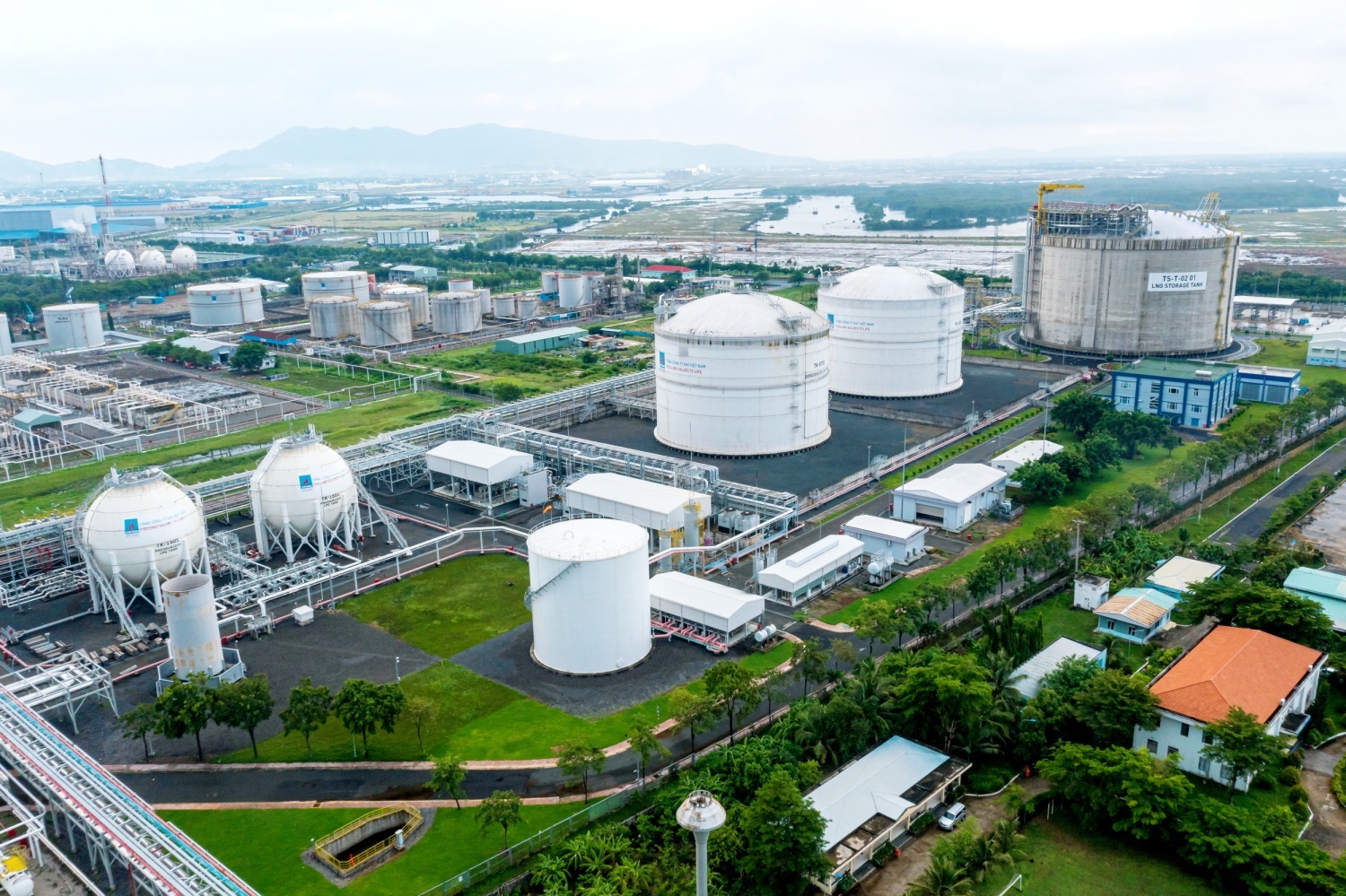
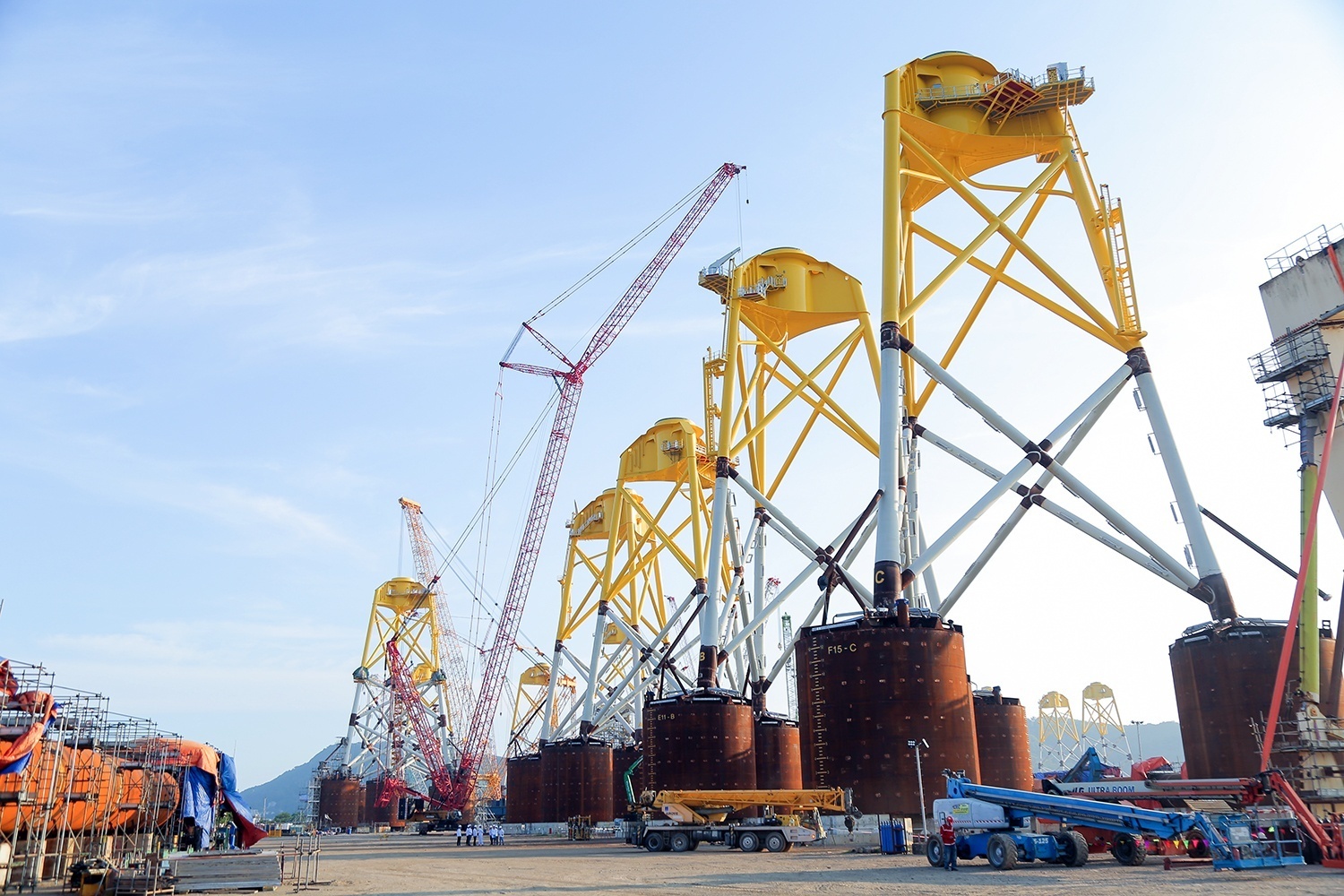


![[Photo] National Assembly Chairman Tran Thanh Man attends the VinFuture 2025 Award Ceremony](/_next/image?url=https%3A%2F%2Fvphoto.vietnam.vn%2Fthumb%2F1200x675%2Fvietnam%2Fresource%2FIMAGE%2F2025%2F12%2F05%2F1764951162416_2628509768338816493-6995-jpg.webp&w=3840&q=75)

![[Photo] 60th Anniversary of the Founding of the Vietnam Association of Photographic Artists](/_next/image?url=https%3A%2F%2Fvphoto.vietnam.vn%2Fthumb%2F1200x675%2Fvietnam%2Fresource%2FIMAGE%2F2025%2F12%2F05%2F1764935864512_a1-bnd-0841-9740-jpg.webp&w=3840&q=75)

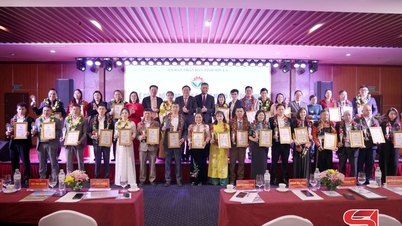



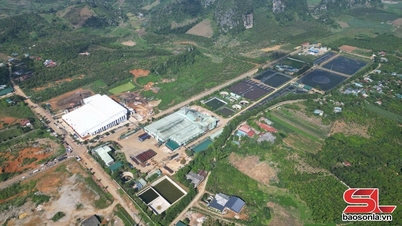







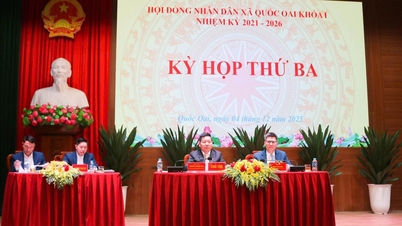
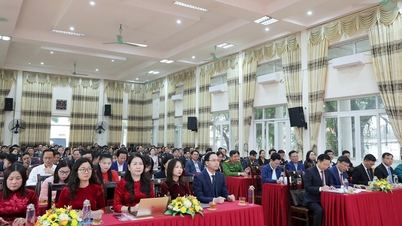
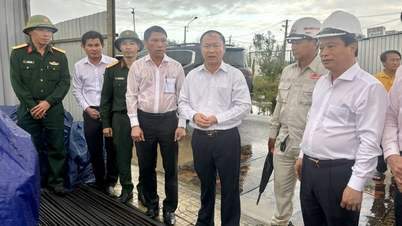

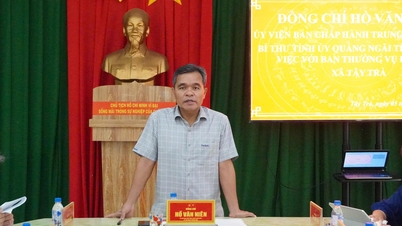
















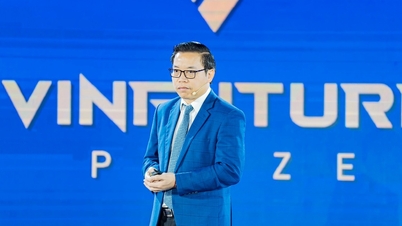

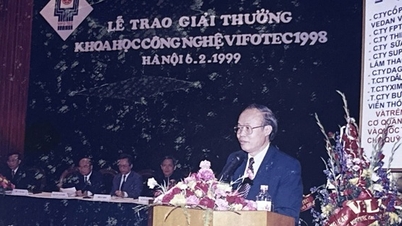



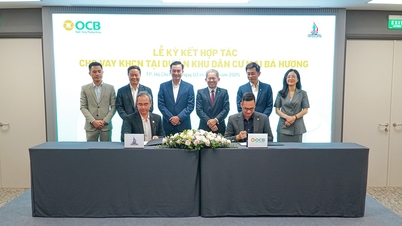
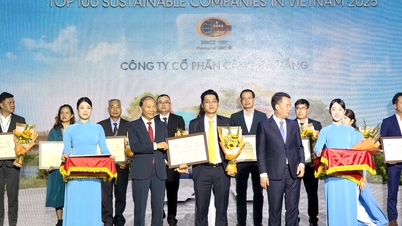

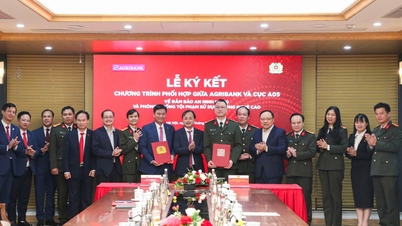


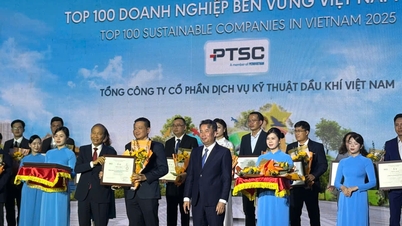












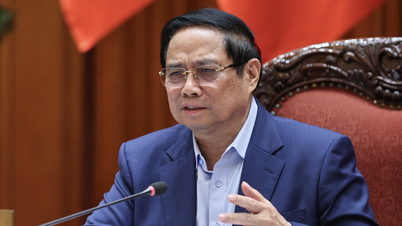

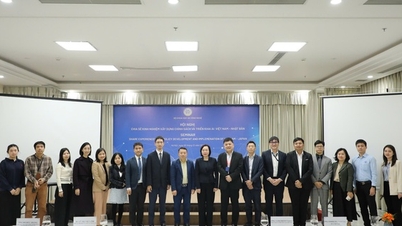
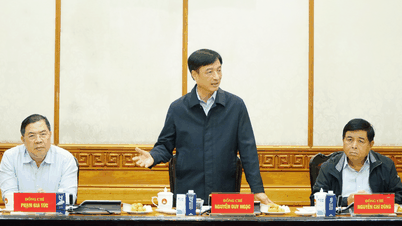

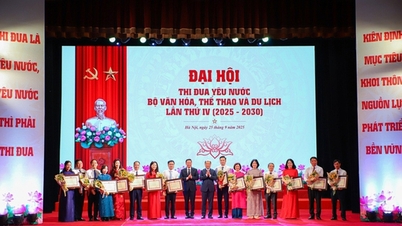

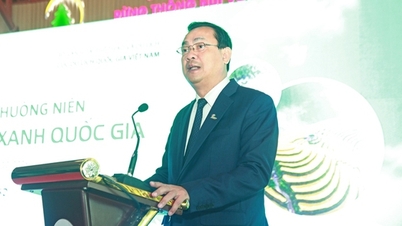
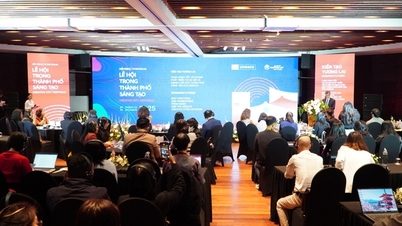





























Comment (0)